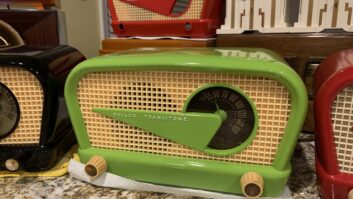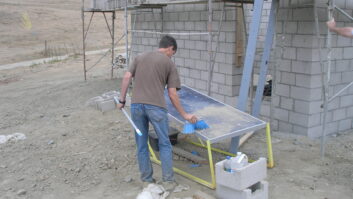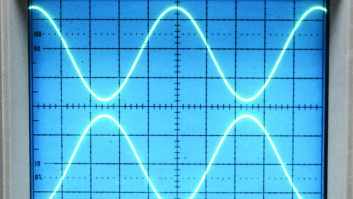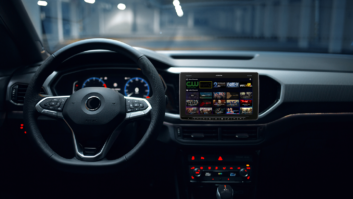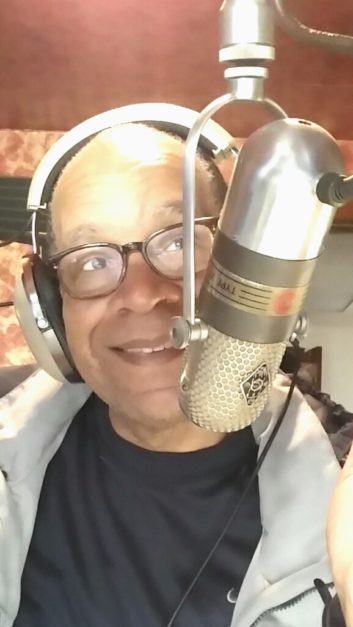 The author is owner and chief engineer of WGTO and W246DV in Cassopolis, Mich. His commentaries are a recurring feature at radioworld.com.
The author is owner and chief engineer of WGTO and W246DV in Cassopolis, Mich. His commentaries are a recurring feature at radioworld.com.
I have written in recent years about AM quality, including modulation and bandwidth. There have been several articles from many other experienced and qualified engineers as well.
Today I want to ask a few questions and set the stage for answers that seem to have evaded us for more than three decades.
A brief history
AM radios were at one time rather broad in their front-end response. And while that sounded pleasant, that broad front end caused trouble as the band became packed with more stations. The typical receiver delivered degraded audio, as its wide front end let in adjacent signals that made listening less enjoyable, especially at considerable distances.
The problem was exacerbated by AM stations running boosted high-frequency audio at full unrestricted bandwidth, as the audio demanded.
As a response, manufacturers tightened up the IF so the audio output was less affected by adjacent-station high-frequency modulation. We then saw years of tit for tat. Denser modulation with high-frequency boost was met with more narrowed response by radio manufacturers.
The battle went on until AM sounded more like telephone audio than a quality audio service.
In the 1980s the National Radio Systems Committee set out the honorable goal of standardizing transmission equalization with preemphasis that was matched by complimentary deemphasis in receivers. The goal was a much improved end-to-end listening experience, one that could approach the sound of FM in new radios.
The FCC adopted the transmission preemphasis, along with a bandwidth limit or mask for modulating audio with a cutoff that was as sharp as the edge of the Grand Canyon, blocking anything over 10 kHz from making it onto the air.
Receiver manufacturers said they would soon open the front ends of typical cars and home radios once the new preemphasis and cutoff were adopted.
Fact is the mask cutoff worked so well that you could sit 5 miles from a 50 kW station and tune to a 1 kW first-adjacent 80 miles away and hear it with no interference from the nearby flamethrower on just about any modern car radio. For the casual listener on a consumer radio, the days of adjacent interference were over.
The present
It has been more than 30 years since that agreement was made at the NRSC table, more than a generation since the plan was drawn up.
We have gone through many phases since then — AM stereo, which died. AM hybrid digital, which frankly sucked. And now finally a move to go all-digital.
But we know that analog radios will be around for years to come. Most of the senior engineers from the manufacturers who were working in the ’80s have long since passed away. But the standards that were supposed to change never did.
[Read More from Larry Langford at Radio World]
I often wonder why the NRSC or NAB could not twist some arms and why the FCC left the room when asked to mandate the new receiver standards; but that is another story.
AM portable and most car radios still have audio response that rolls off like a ski slope after 2 kHz. But every station in the United States and some other areas have adopted the 10 kHz cutoff.
The question and challenge
A lot of people read Radio World so I am looking for someone to answer the question in technical detail of why, after all these years and tests, the standard AM radio is still unnecessarily narrow and bad-sounding.
I want someone with credentials as a manufacturer to step up and tell us what possible reason they have for not redoing the basic chipset in 30 years to accommodate the NRSC standard.
The argument has gone on for decades, but I have never seen a written word from any trade group or individual representing radio manufacturers that really explains this position.
Manufacturers promised the NRSC they would make radios to compliment the new standard, even though the FCC never made the receiver improvement mandatory, while making every radio station modify transmission systems to meet the new standard.
Makers did respond quickly to the expanded band, cranking out radios that went to 1700 kHz at record speed; and now they are slowly making digital radios for more car models. But no one took the simple step of changing the mass-produced chipsets to something that would better resemble decent fidelity since 1988.
Someone tell me why improvements were not made to increase bandwidth to any reasonable degree. Is there a political answer? I cannot think of an engineering answer, but I wish to open the floor for someone to stand up to explain this archaic practice of tightly limited AM bandwidth — at a time when most AM listening is local, and adjacent interference at that range is rare. Is there anyone from the manufacturing side who will offer testimony? Is there someone to come forward or will we hear only country crickets in the night?
Comment on this or any story to [email protected]. The author can be reached at [email protected].



